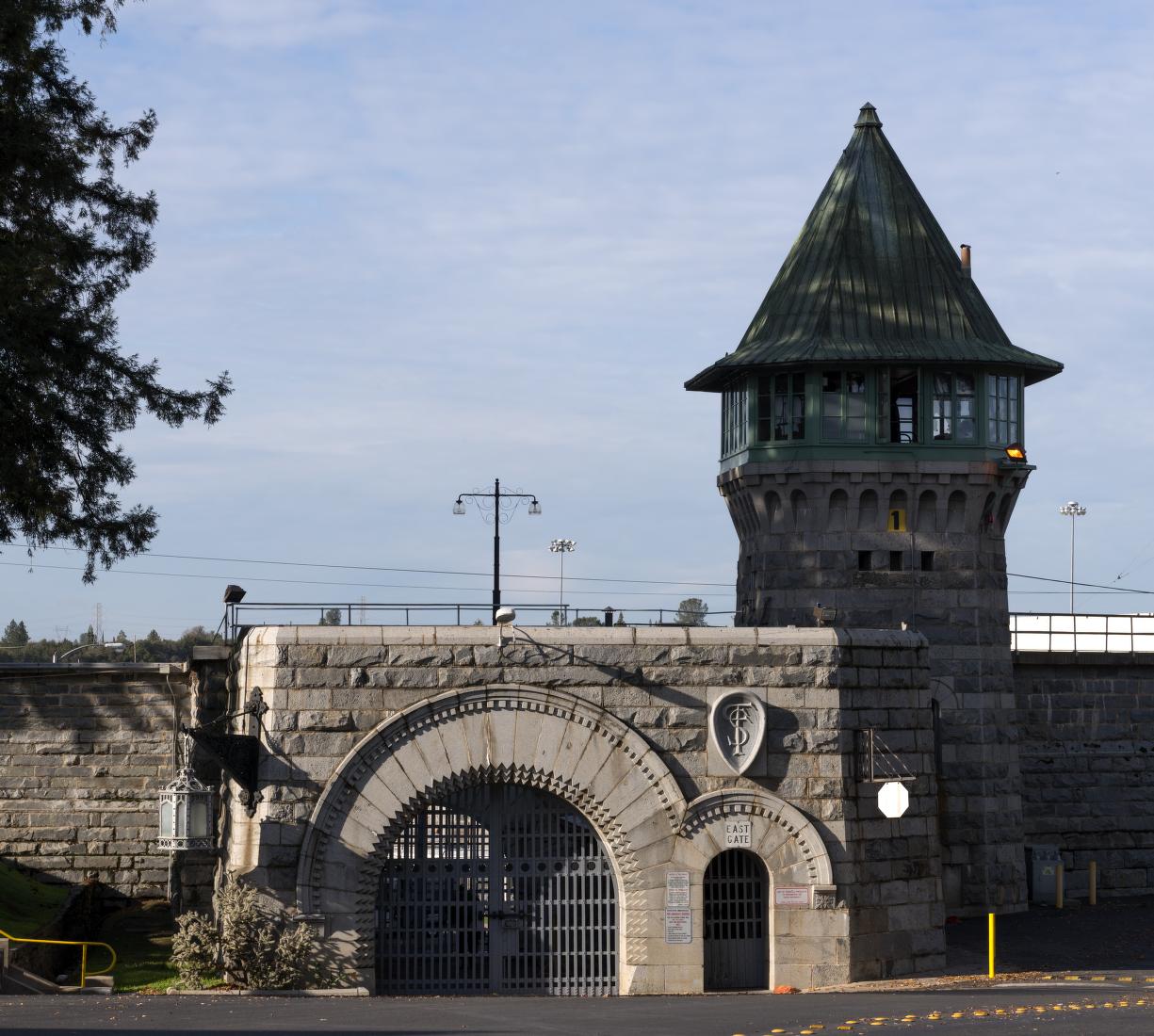Chapter 9: Punishment and Corrections

Overview
This chapter on punishment and corrections offers a comprehensive examination of the principles, historical contexts, and contemporary practices within the criminal justice system. It begins by delving into the philosophical foundations that shape sentencing approaches, including retribution, deterrence, rehabilitation, and societal protection. These philosophies guide the allocation of punishment and aim to strike a balance between justice, accountability, and social order.
Next we investigate the evolution of early forms of punishment, from ancient practices, such as corporal punishment, banishment, and exile, to the establishment of more formalized systems of justice and punishment. The chapter highlights the transformation from informal and often brutal methods of punishment to the development of legal frameworks and institutions designed to administer justice more systematically.
Capital punishment emerges as a focal point of discussion, as we examine its historical prevalence, moral implications, and contemporary controversies. The chapter studies the debates surrounding the effectiveness of capital punishment as a deterrent, its compatibility with evolving societal values, and the ethical considerations surrounding state-sanctioned execution.
Moving through the various correctional eras, the chapter traces the shifting paradigms in the treatment of offenders. It covers the emergence of punitive approaches during certain historical periods, followed by movements toward rehabilitation and restorative justice. These shifts reflect changing attitudes toward crime, punishment, and the goals of the criminal justice system.
Finally, the chapter reviews the landscape of modern jails and prisons, including their design, functions, and challenges. It addresses issues such as overcrowding, recidivism, rehabilitation programs, and the disproportionate impact of incarceration on marginalized communities. By analyzing the complexities of contemporary correctional systems, the chapter will provide insight into the broader societal implications of sentencing and punishment practices.
Objectives
- Define and differentiate between the core principles of punishment within the context of the criminal justice system.
- Examine and categorize the various correctional eras that have shaped the evolution of the U.S. corrections system.
- List the distinguishing features and functions of both jails and prisons within the criminal justice system.
- Discuss issues pertaining to correctional facilities, including the complexities and challenges involved in managing and operating these institutions.
- Analyze the challenges faced by vulnerable inmate populations within jail and prison environments, such as violence, substance abuse, and accessibility to programs.
Key Terms
- Auburn system
- Capital punishment
- Congregate approach
- Contract system
- Convict leasing system
- Courtyard design
- Custody personnel
- Deterrence
- Deinstitutionalization
- Discrimination
- Incapacitation
- Incarceration
- Exonerated
- Jail
- Just deserts
- Mass incarceration
- Maximum security prisons
- Medium security prisons
- Minimum security prisons
- Misdemeanors
- Panopticon
- Pennsylvania system
- Prisons
- Program personnel
- Pseudo-families
- Public account system
- Punishment
- Radial design
- Reform
- Restitution
- Retribution
- Superintendent
- Supermax prisons
- Systemic bias
- Telephone pole design
- Walnut St. Jail
- Warden
Attributions
- Chapter opening image: Folsom State Prison is a California State Prison located 20 miles northeast of the state capital of Sacramento by Carol M. Highsmith, photographer in the public domain; LOC states: “No known restrictions on publication.”

